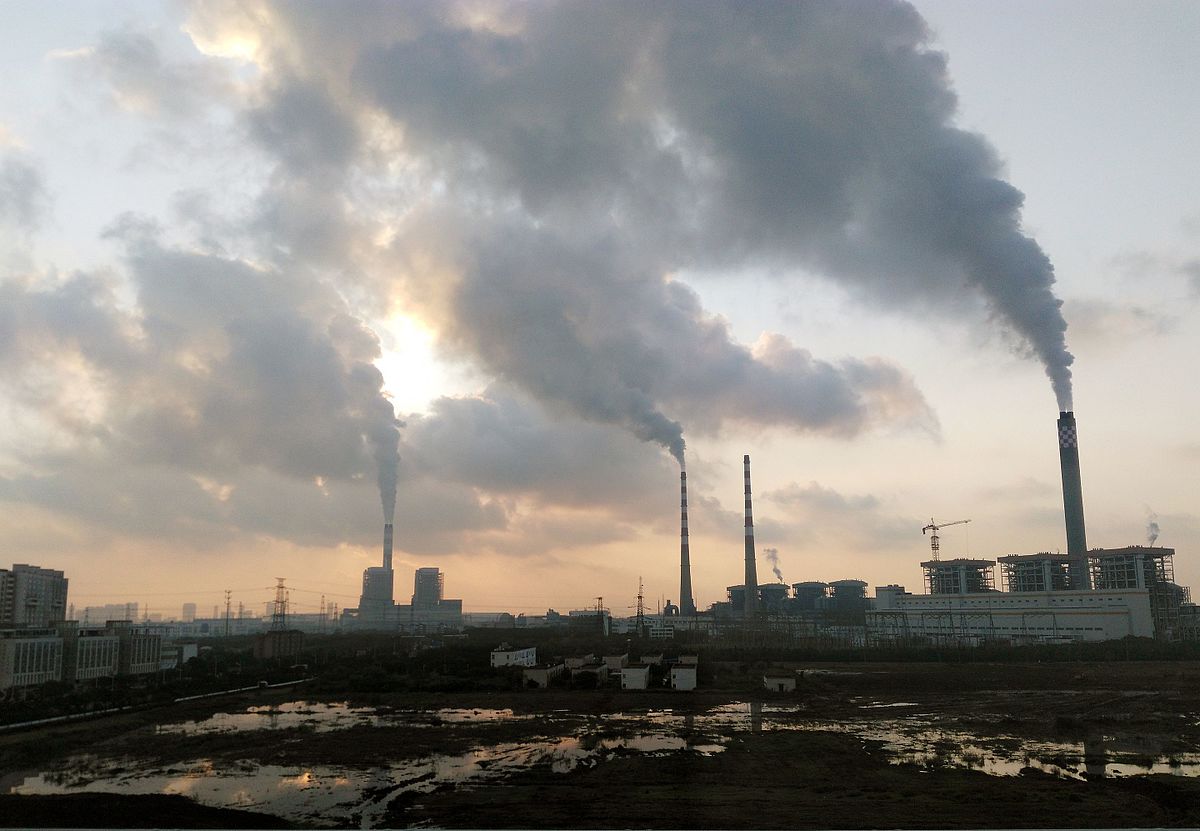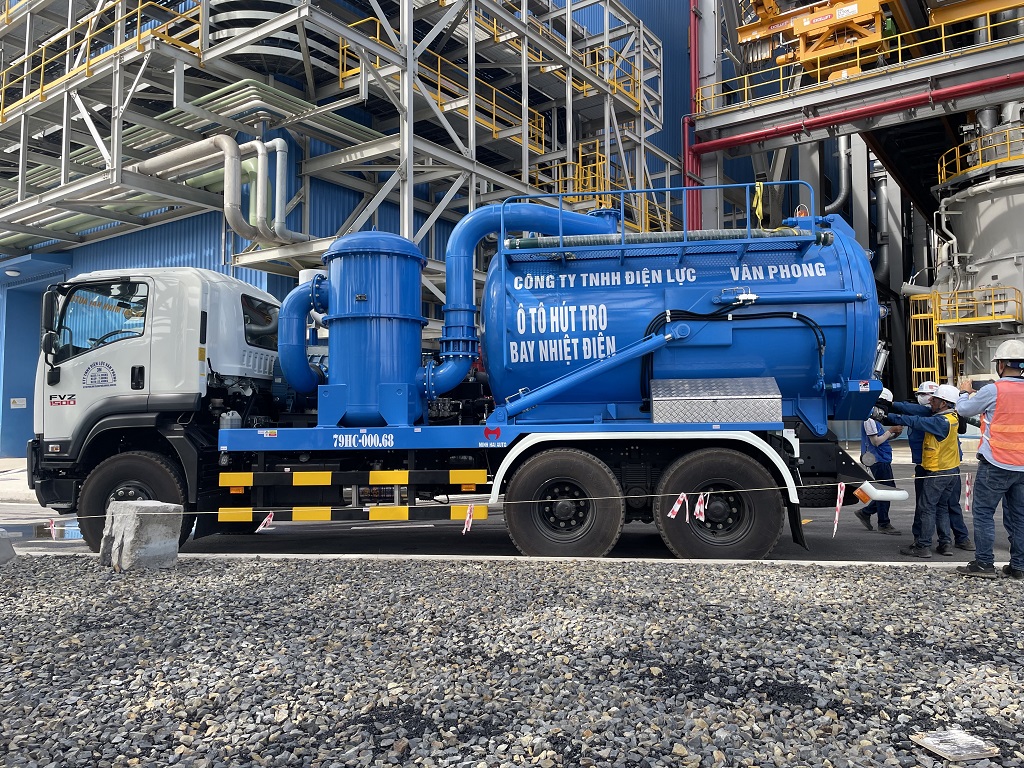-
-
-
Tổng tiền thanh toán:
-
What is "coal fly ash" in thermal power plant? Problem and solution?
CÔNG TY CỔ PHẦN THIẾT BỊ VẬT TƯ MINH HẢI
09/10/2023
0 nhận xét
Coal fly ash is a byproduct generated during the combustion of coal in thermal power plants. It is a fine, powdery material composed primarily of spherical glassy particles, along with some crystalline and amorphous materials. The composition of fly ash can vary depending on the type of coal burned and the combustion conditions.

Problems Associated with Coal Fly Ash in Thermal Power Plants:
Environmental Pollution: Fly ash contains various pollutants, including heavy metals such as arsenic, lead, and mercury. Improper disposal of fly ash can lead to soil and water contamination, impacting ecosystems and human health.
Air Pollution: During the handling and disposal of fly ash, dust emissions can occur, contributing to air pollution. This can be especially problematic if the fly ash is not properly managed.
Health Concerns: Inhalation of airborne fly ash particles can pose health risks, particularly for people living near coal-fired power plants. Fine particles can penetrate deep into the respiratory system and cause respiratory problems.
Land and Water Contamination: If fly ash is not stored or disposed of properly, it can leach heavy metals and other contaminants into the soil and groundwater, potentially affecting drinking water sources and agricultural land.
Solutions for Managing Coal Fly Ash in Thermal Power Plants:
Utilization of Fly Ash: One of the most common solutions is to use fly ash as a raw material in the construction industry. Fly ash can be used to make concrete, cement, and bricks, reducing the need for traditional raw materials like cement clinker. This not only reduces waste but also conserves natural resources.
Improved Storage and Handling: Power plants should implement best practices for the safe storage and handling of fly ash to minimize dust emissions and prevent environmental contamination.
Fly Ash Ponds and Landfills: Properly designed and managed fly ash ponds and landfills can help contain and isolate fly ash, reducing the risk of water and soil contamination. These facilities should be regularly monitored and maintained.
Regulations and Compliance: Governments should establish and enforce regulations governing the handling, transportation, and disposal of fly ash to ensure environmental protection and public health.
Alternative Energy Sources: Transitioning away from coal-fired power plants to cleaner and more sustainable energy sources like natural gas, renewables (solar, wind, hydro), and nuclear power can reduce the production of coal fly ash.
Research and Innovation: Continued research into technologies for reducing or treating fly ash contaminants and finding innovative uses for fly ash can help address the challenges associated with its disposal.
Public Awareness: Raising public awareness about the environmental and health impacts of fly ash and the importance of responsible disposal and recycling can promote responsible practices.
Handle fly ash right at the coal loading hoppers and combustion chamber doors to avoid dispersing fly ash right inside the thermal power plant: design a dust collection pipeline system and combine a vacuum system or vacuum truck, stamping dust, liquefaction and safe disposal.

In summary, coal fly ash is a byproduct of coal combustion in thermal power plants, and its improper management can lead to environmental pollution and health concerns. Solutions include recycling and reuse, improved storage and handling, regulatory measures, and a shift toward cleaner energy sources.
